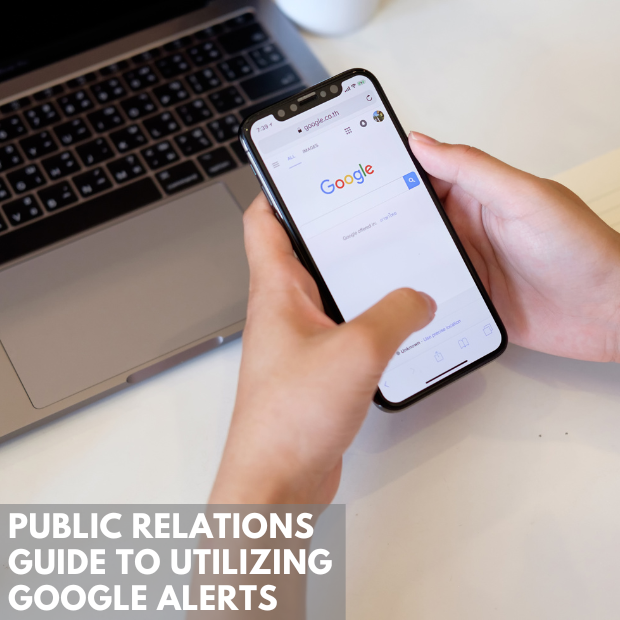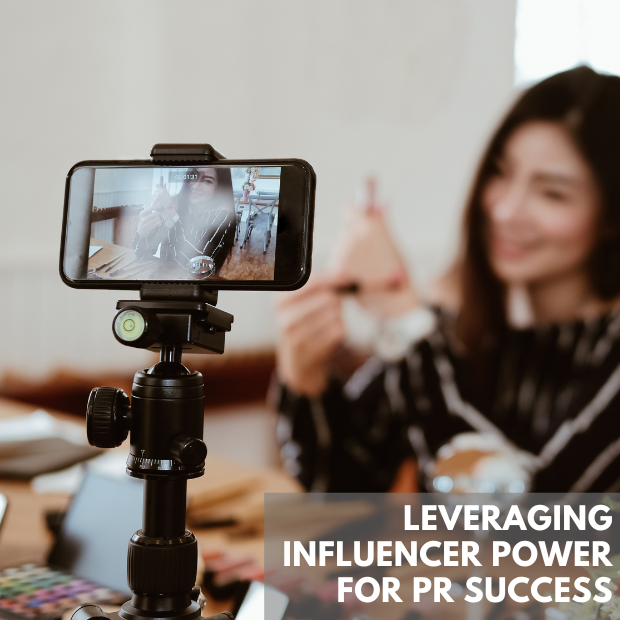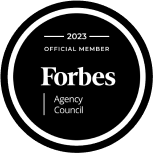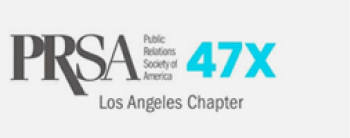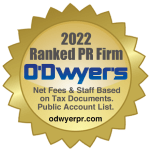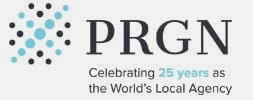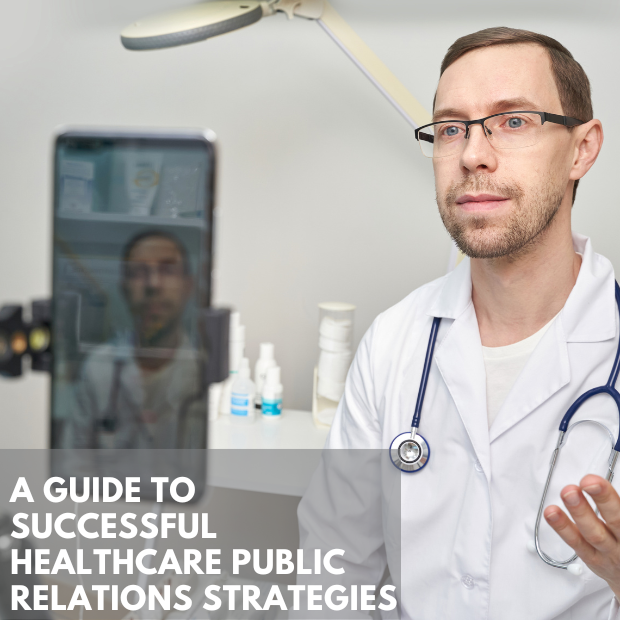
A Guide To Successful Healthcare Public Relations Strategies
It is essential to ensure the quality of the content by fact-checking and proofreading beThe healthcare industry is one of the world’s most important and rapidly expanding industries. With constant advancements in medicine and technology, healthcare organizations must have effective communication strategies to reach and engage with their target audience.
Public relations is vital in healthcare by helping build brand reputation, promoting services, and establishing patient trust.
This guide will discuss some key healthcare public relations strategies. The strategies outlined below can be applied to any healthcare organization, from hospitals and clinics to pharmaceutical companies and health insurance providers.
6 Tips For Effective Healthcare Public Relations Strategies
Below are some of the top strategies that healthcare organizations can use to create a successful public relations campaign:
1. Have Clear PR Objectives
Setting detailed PR objectives is foundational in shaping any successful healthcare public relations campaign. It involves defining clear, specific goals aligned with the organization’s overall mission and the unique needs of its audience.
All your goals should be SMART – Specific, Measurable, Achievable, Relevant, and Time-bound. This means each goal must be precise with quantifiable outcomes, realistic to achieve, pertinent to the organization’s overarching aims, and have a defined timeline for accomplishment.
By adhering to these principles, healthcare organizations can create focused, effective PR strategies that have a measurable impact on their brand and audience engagement levels.
2. Write And Distribute Quality Content
Creating and sharing valuable, informative content is essential in building a strong healthcare PR strategy. This content can take various forms, such as press releases, blog posts, social media posts, and articles.
When crafting content for healthcare public relations, it is crucial to consider the audience. Healthcare organizations generally target patients, caregivers, physicians, and other healthcare professionals. Therefore, the content should address their specific concerns and needs.
fore distribution. Sharing accurate and credible information will establish trust with the audience and enhance the organization’s reputation.
3. Use The Right Channels
Choosing the right channels for sharing information is crucial in healthcare public relations. The channels you choose depend on your target audience’s preferences and where they will most likely consume information. For instance, younger demographics are more active on social media platforms like Instagram and Twitter, while older audiences prefer traditional media outlets such as newspapers and television.
Professional stakeholders, including physicians and healthcare providers, often use industry-specific publications and online forums. Understanding these patterns and tailoring the communication strategy accordingly can significantly enhance the reach and impact of your organization’s messaging.
4. Utilize Storytelling
In the modern healthcare industry, storytelling can be a powerful tool to connect with audiences emotionally. Sharing real-life stories of patients’ experiences, caregivers’ struggles, or physicians’ passion for their work can humanize the organization and create a strong emotional connection with the audience.
It also helps demonstrate the impact of the organization’s services and promotes stakeholder empathy and understanding.
5. Work With Healthcare Influencers
1 in 10 Americans look for health information on social media. This trend highlights the crucial role of social media in sharing healthcare information to a wide audience. By partnering with healthcare influencers on social media, you can leverage these individuals’ extensive networks and credibility to amplify their messages.
Influencers who are respected and followed for their insights in health and wellness can effectively engage audiences, deliver educational content, and promote health-positive behaviors. As a result, they can extend the reach of healthcare PR strategies far beyond traditional channels.
When choosing influencers, consider whether their values align with those of your organization and whether they are credible in the healthcare space. Collaborating with micro-influencers (individuals with a smaller but highly engaged following) can also be an effective strategy for targeting specific niche audiences.
6. Measure And Adapt
As with any PR campaign, measuring and analyzing results is crucial for evaluating success and making necessary adjustments. This is especially critical in healthcare PR as the impact on individuals’ health and well-being is at stake.
To measure the success of your healthcare PR efforts, track metrics such as:
- media coverage
- website traffic
- social media engagement and sentiment
- changes in key performance indicators (KPIs)
Evaluating these metrics regularly can provide valuable insights into what messaging resonates with audiences and what areas need improvement.
Based on these findings, organizations can adapt their PR strategies to drive positive health outcomes and effectively engage with their target audience. This could include shifting focus to different platforms or influencers, adjusting messaging or campaign timing, or incorporating new tactics such as influencer partnerships or content marketing.
Final Thoughts
Healthcare PR is a powerful tool for promoting health and well-being, building trust in healthcare organizations, and engaging with audiences on a deeper level. By adopting the strategies outlined in this guide, you can effectively navigate healthcare PR’s unique challenges and opportunities.
Remember, there is no magic formula for success in healthcare PR. You can create impactful campaigns that drive real change by staying informed, building relationships, and constantly measuring and adapting.

